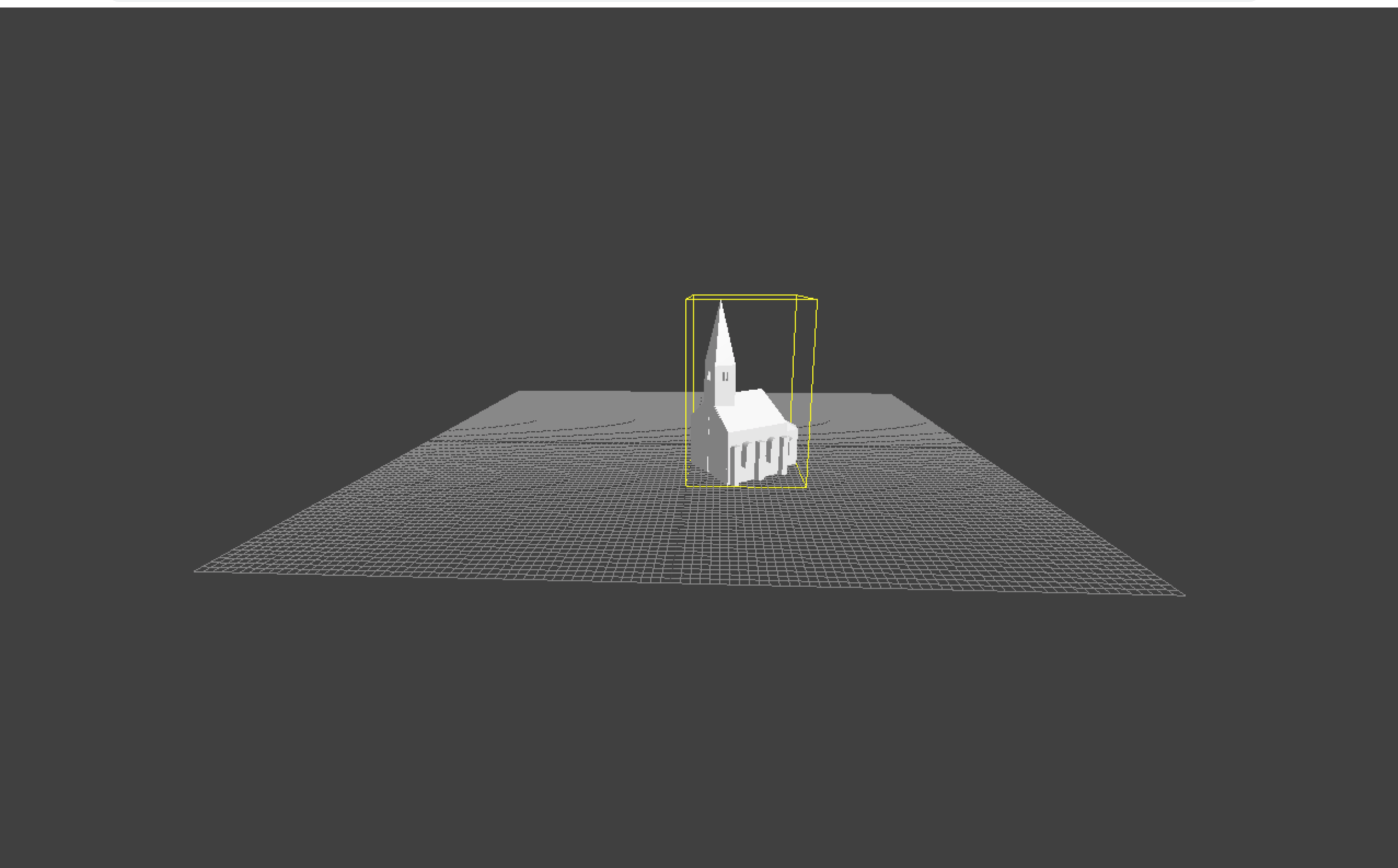如何在Java中实现序列化和反序列化?
在Java中,我们可以使用ObjectOutputStream和ObjectInputStream来进行序列化和反序列化。
- 序列化(Serialization):
- 创建一个ObjectOutputStream实例,通常会创建一个FileOutputStream到文件中。
- 将需要序列化的对象传递给ObjectOutputStream的writeObject()方法。
- 关闭ObjectOutputStream以释放资源。
import java.io.*;public class SerializationExample {private String name;public SerializationExample(String name) {this.name = name;}// Method to be serializedpublic void displayInfo() {System.out.println("Name: " + name);}// Main method for serializationpublic static void main(String[] args) {SerializationExample obj = new SerializationExample("John Doe");// Serialize the objecttry (ObjectOutputStream oos = new ObjectOutputStream(new FileOutputStream("serialization.obj")))) {oos.writeObject(obj);} catch (IOException e) {e.printStackTrace();}// Deserialize the objecttry (ObjectInputStream ois = new ObjectInputStream(new FileInputStream("serialization.obj"))))) {SerializationExample deserializedObj = (SerializationExample) ois.readObject();deserializedObj.displayInfo(); // Display the info again after deserialization} catch (IOException | ClassNotFoundException e) {e.printStackTrace();}}}
- 反序列化(Deserialization):
- 创建一个ObjectInputStream实例,通常会从文件或内存流中读取。
- 调用ObjectInputStream的readObject()方法来反序列化对象。
注意:在处理序列化和反序列化时,需要确保类是可序列化的(如果不加任何特殊声明,大多数Java类默认可序列化)并且没有使用到final关键字。


































还没有评论,来说两句吧...